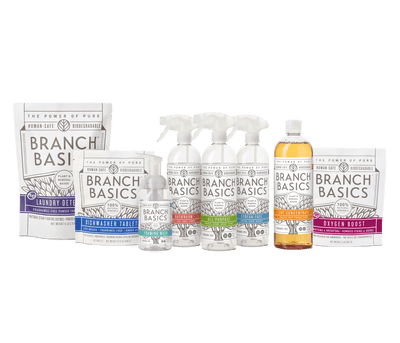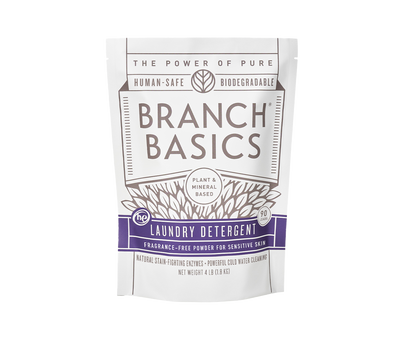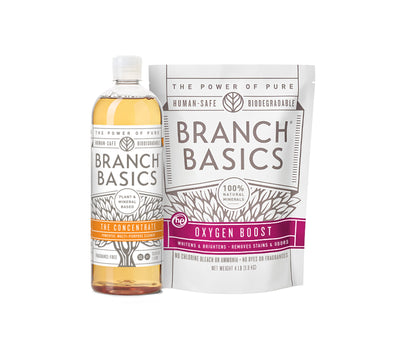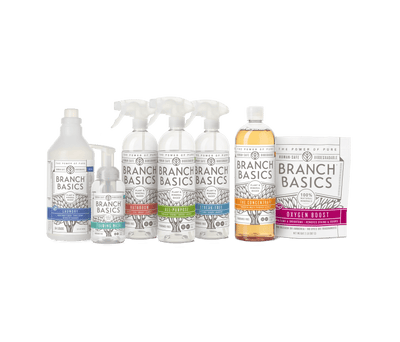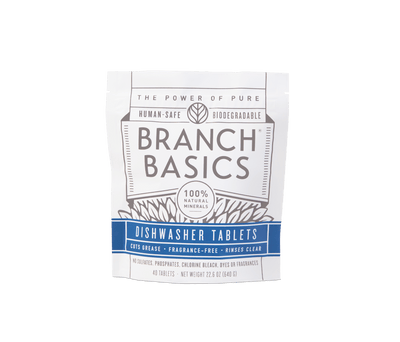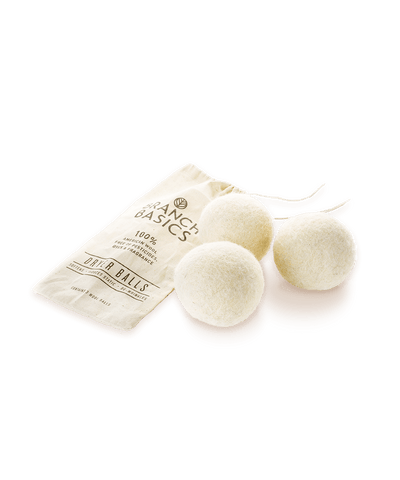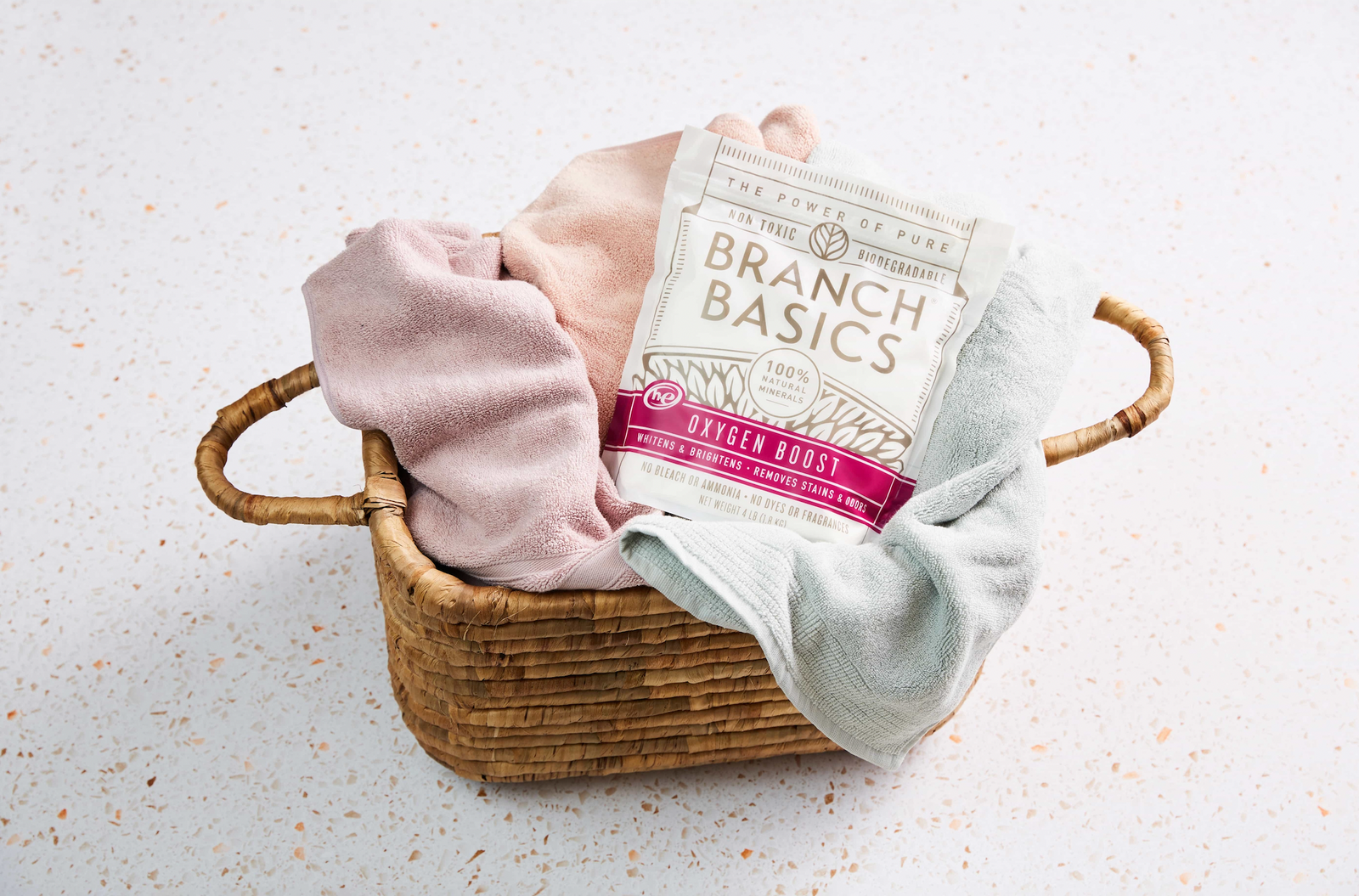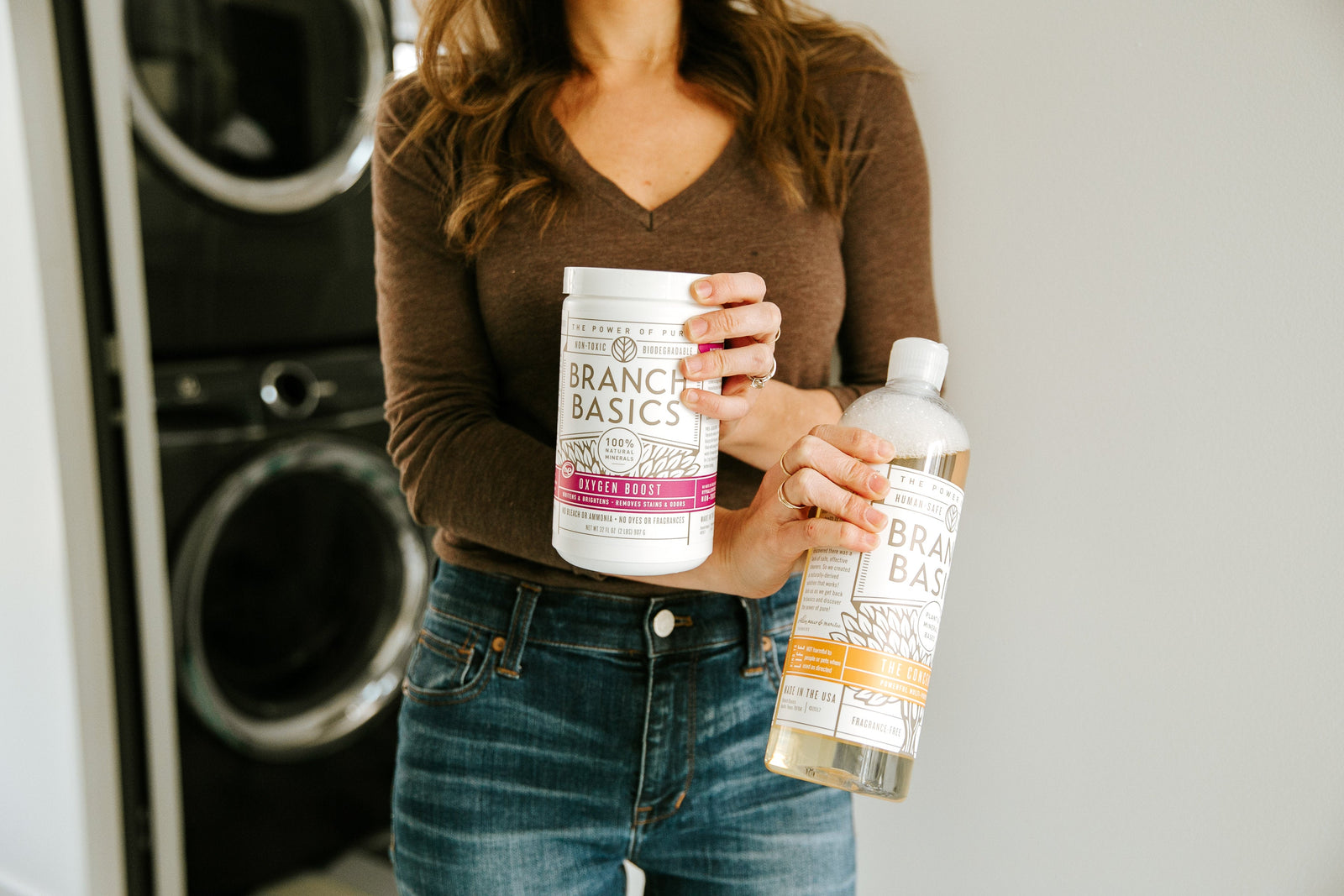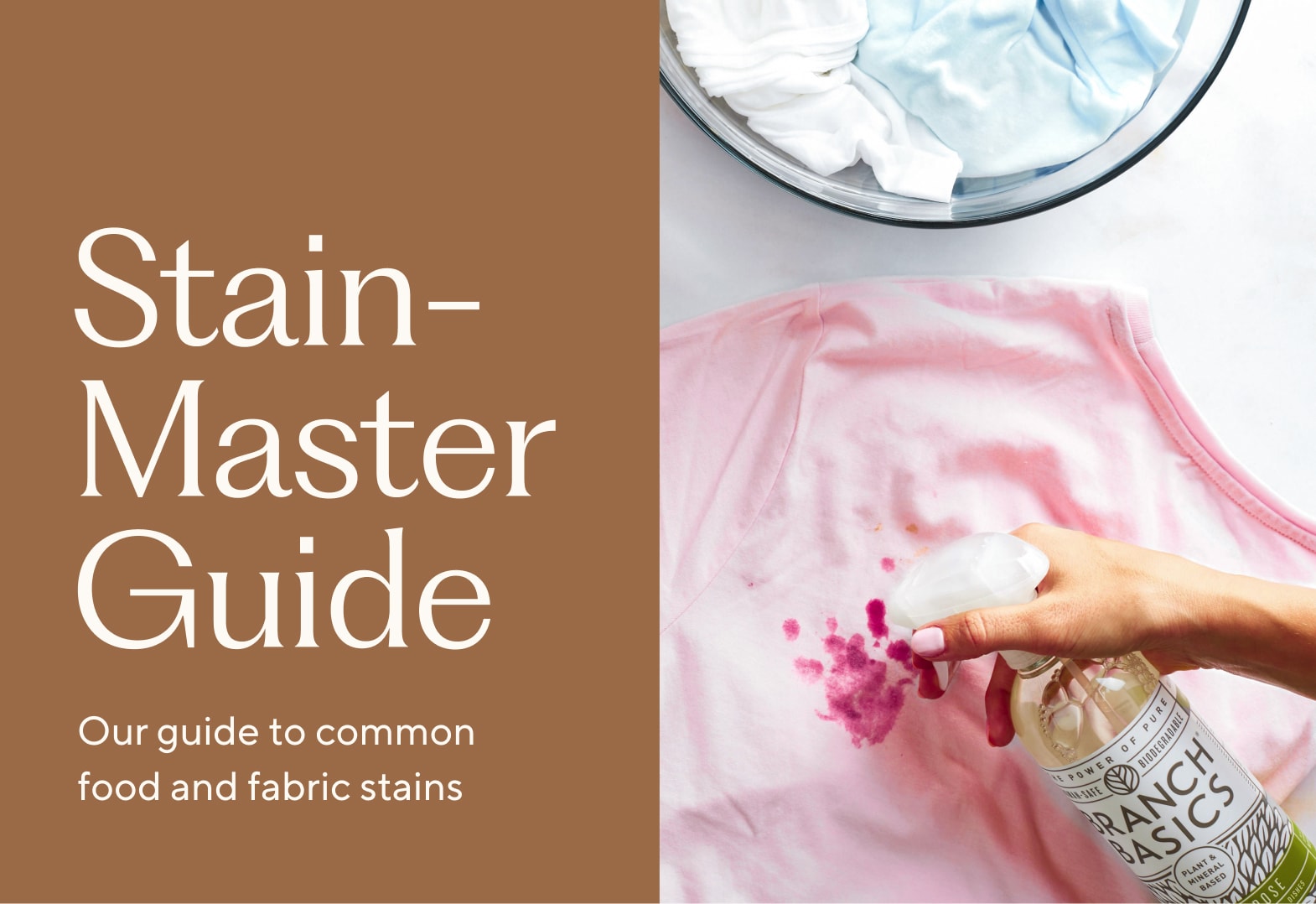Dryer Balls vs. Dryer Sheets: What’s the Difference?
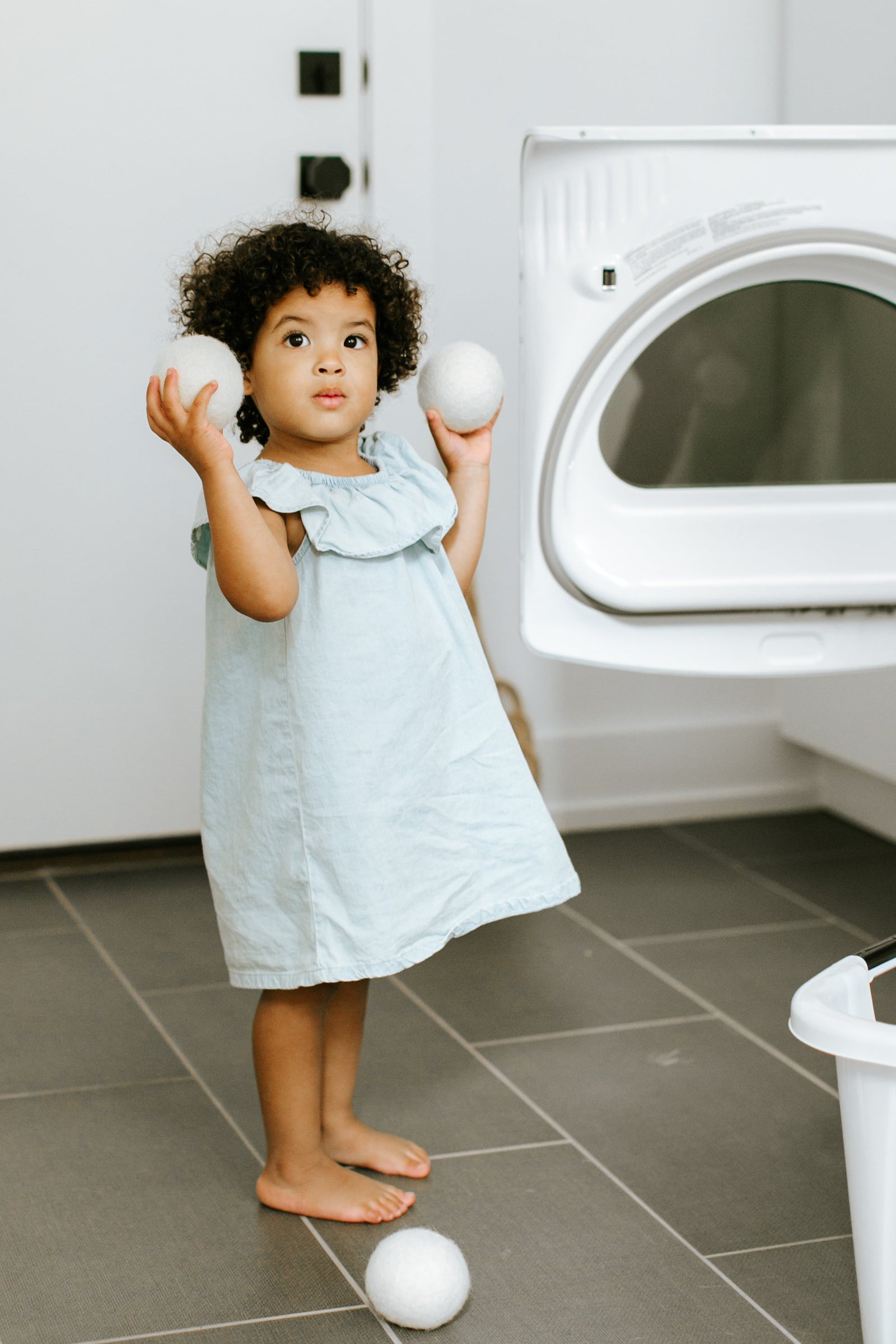
If recent news reports on the dangers of fabric softeners in dryer sheets have you re-thinking your laundry routine we’ve got you covered.
See: Why Fabric Softener Is Bad, Dryer Vents: An Overlooked Source of Pollution? and Chemical emissions from residential dryer vents during use of fragranced laundry products just to name a few!
In this article, we’ll share everything you need to know about dryer balls vs. dryer sheets and how to switch to human-safe laundry products.
Key Differences Between Dryer Balls and Dryer Sheets
Dryer balls and dryer sheets are very different products, yet they achieve the same goal: softening your clothes and reducing static.
Here are some key differences between dryer balls and dryer sheets:
- Dryer sheets contain synthetic fabric softeners that release fabric-softening chemicals into your clothes
- Dryer balls contain no fabric softeners and work by naturally fluffing up clothing
- Dryer sheets contain synthetic fragrance
- Dryer balls are fragrance-free
- Dryer sheets are not reusable
- Dryer balls can be used for years with proper care
- Dryer sheets do not reduce drying time
- Dryer balls reduce drying time
- Dryer sheets are not biodegradable
- Dryer balls, if made with natural materials like wool, will break down in the environment once disposed
As you can see, these very different products achieve many of the same objectives.
The main differences relate to what they’re made of and their environmental footprint.
How Do Dryer Sheets Work?
Dryer sheets are made with synthetic cloth or paper that contains fabric softening, electrically-charged chemicals and compounds and (usually) synthetic fragrance.
Once in the dryer, the synthetic chemicals are released which help soften clothes, reduce static, and impregnate their signature scent.
As previously mentioned, dryer sheets are not reusable or biodegradable.
Dryer Sheets: Pros
- They soften fabrics
- They remove static
- They reduce wrinkles
- They’re easy to use
- They leave clothes smelling clean
Dryer Sheets: Cons
- Dryer sheets contain some of the most concerning synthetic chemicals on the market, including: benzyl acetate, artificial colors, chloroform, dichlorobenzene, benzyl alcohol, methylisothiazolinone, Quats, and VOCs (volatile organic compounds)—many of which are linked to serious health problems in adults and children including asthma, cancer, skin allergies, and more. (Sources 1, 2, 3, 4)
- Typically contain synthetic fragrance that’s very difficult to remove from clothing and pollutes indoor air quality. Fragrance chemicals have been linked to asthma, cancer, neurological issues, metabolic syndrome, weight gain, allergies and endocrine disruption.
- 70% of dryer sheets received a “D” or “F” rating from the Environmental Working Group
- Contain fabric softeners that leave a residue on clothing which can make clothing more flammable over time
- Synthetic chemical residue can also damage fabrics, making them harder to clean and less absorbent over time
- This synthetic chemical residue also creates build-up in your washer and dryer, which can create a breeding zone for mold and mildew
- Not reusable, so they go straight in the landfill
- Expensive, you have to buy them over and over
- Not biodegradable
- Most dryer sheets are made with polyester, which can release microplastics into clothing and the air
Fabric softeners have come under scrutiny for good reason; they contain incredibly toxic synthetic chemicals that have no place in a healthy home.
They’re also terrible for the environment, can harm the integrity of your clothing, make clothes more flammable, clog up your washer and dryer, and are completely unnecessary.
Learn more in: The Toxic Chemicals Hidden in Dryer Sheets and Fabric Softeners and Ditch The Fabric Softener: 7 Natural Alternatives.
How Do Dryer Balls Work?
Dryer balls are nature’s perfect fabric softener.
Unlike dryer sheets that work by releasing synthetic chemicals, dryer balls work by absorbing heat from the dryer and excess moisture from clothes. This, along with their natural bouncing action, helps separate and fluff clothing during the drying process.
This results in softer clothes with less static and wrinkles. They also reduce drying time.
Dryer Balls: Pros
- Offer synthetic chemical-free fabric softening
- Wool dryer balls are environmentally safe
- Plastic dryer balls are not our first choice, but they are reusable, which is a plus
- Reduce drying time by 10-25% with low-heat setting
- Reduce static
- Reduce lint
- Economical—one set of dryer balls, if cared for properly, can last 10 years or more
- Reduction in drying time allows you to use less energy/heat when drying clothing
- Naturally fluff up down jackets, vests, or down comforters
- Grab pet hair from fabrics
- Will not diminish clothing integrity over time (great for protecting absorbency of cloth diapers and towels)
Learn more in: Wool Dryer Balls—Gift From The Happiest Sheep To You.
Dryer Balls: Cons
- Dryer balls can make some noise during the drying process. However, wool dryer balls are very quiet.
- Dryer balls may need replacing after a few years, depending on wear and tear.
- As dryer balls age, they can shed in the dryer (which means it’s time to get new dryer balls)
- Dryer balls will not impregnate a scent into your clothes.
- Dryer balls typically cost more up-front than dryer sheets.
- Plastic dryer balls may degrade over time and release microplastics into your laundry (which is why we recommend wool dryer balls).
- Static cling can be an issue with synthetic clothing. Dryer balls work best with clothing made of natural fibers. Consider placing a big safety pin in your dryer balls or add a wash rag sprayed with white vinegar in the dryer to reduce static cling. Another option is to line dry synthetics, if static is an issue.
As you can see, the pros of using dryer balls far outweigh the cons, but which is more effective: dryer balls or dryer sheets?
Let’s explore that question next.
Which Is More Effective?
This question is the topic of hot debate, and the answer depends on who you ask.
On the one hand, you have die-hard dryer sheet/fabric softener fans who say dryer balls can’t compare to the softening effects of synthetic chemical-based dryer sheets.
On the other hand, you have die-hard dryer ball fans who say they work just as well.
Our take on it is this: yes, synthetic chemical-based dryer sheets may leave your towels feeling slightly more soft and fluffy than dryer balls (and they may not), but at what cost?
Remember, you’re exposing yourself to dozens or even hundreds (because signature fragrances can contain multiple undisclosed chemicals) of synthetic chemicals every time you use a dryer sheet.
Those fabric softeners are slowly coating your towels, sheets, clothes, etc, which can make them toxic, more flammable, less washable, and less absorbent over time.
On the other hand, when used correctly and in conjunction with high-quality human-safe laundry soap and natural fabric softener (like vinegar or baking soda), dryer balls will create a comparable softening, wrinkle-removing, anti-static effect without exposing you and your family to synthetic chemicals or ruining your clothes over time.
There is also controversy about whether dryer balls work well enough on larger loads.
We recommend using three dryer balls if you’re not getting the desired results using two.
Check out: 6 Safe Laundry Room Essentials for more advice and tips on human-safe laundering.
How to Use Wool Dryer Balls
Using wool dryer balls is incredibly easy, just toss them in the dryer (use extra for very large loads) and run the dryer. That’s it!
How many dryer balls should I use?
Most dryer ball sets come in a pack of two, which is typically sufficient for most loads. However, Branch Basics Wool Dryer Balls contain three dryer balls which can help speed up drying time even more and make them optimal for large loads.
When do I replace dryer balls?
With proper care, wool dryer balls can last for hundreds—or even thousands of loads.
You’ll know it’s time to replace them when they start shedding, breaking down, or becoming less effective.
How should I store dryer balls?
Dryer balls can be stored in the dryer or in their original packaging. For example, Branch Basics Wool Dryer Balls come in a linen storage bag you can use for the life of the balls.
Note: Dryer balls can be all-too-tempting for children and pets. Therefore, we do recommend putting them away after each use.
Toss the Toxins With Branch Basics
Tossing synthetic dryer sheets and fabric softeners is one of the best things you can do to create a healthier home and improve indoor air quality.
Instead, consider using dryer balls, like Branch Basics Wool Dryer Balls in addition to other human-safe laundry products like Branch Basics Laundry Kits (available in plastic or glass.)
For more laundry tips, see:

Marilee Nelson
Marilee Nelson is an Environmental Toxins expert who has spent nearly 30 years advocating for the chemically-sensitive and chronically-ill. She is a Board Certified Nutritionist, Certified Bau-Biologist and Bau-Biology Inspector and specializes in Food As Medicine. She has helped thousands of families and individuals identify, heal and recover from toxic exposures and is on a mission to revolutionize the way American families view their health.
